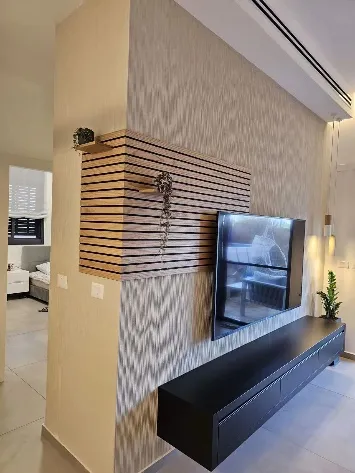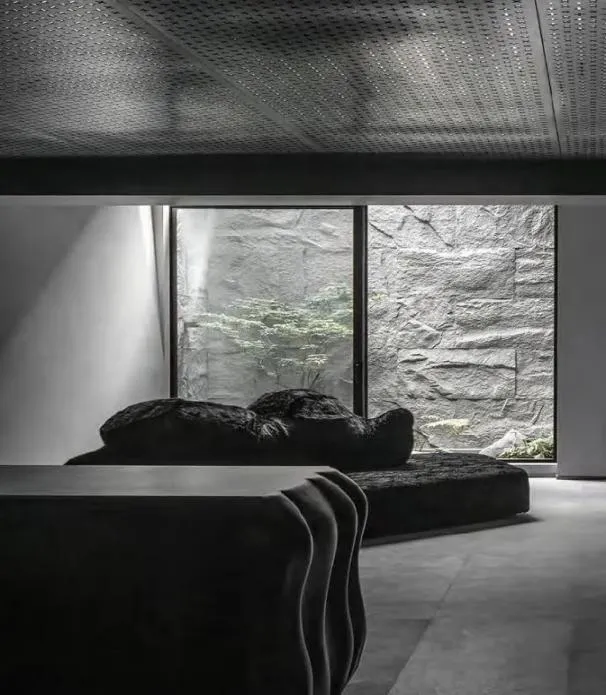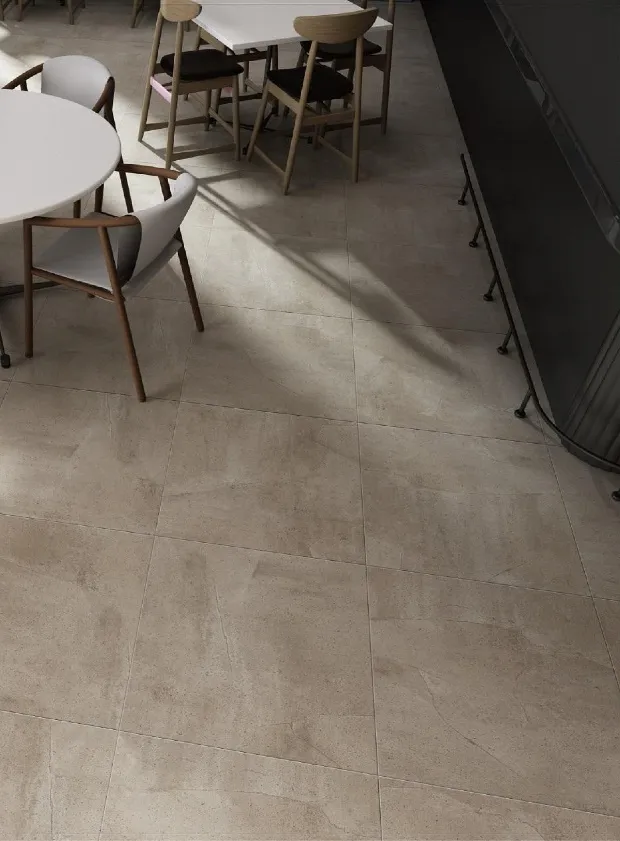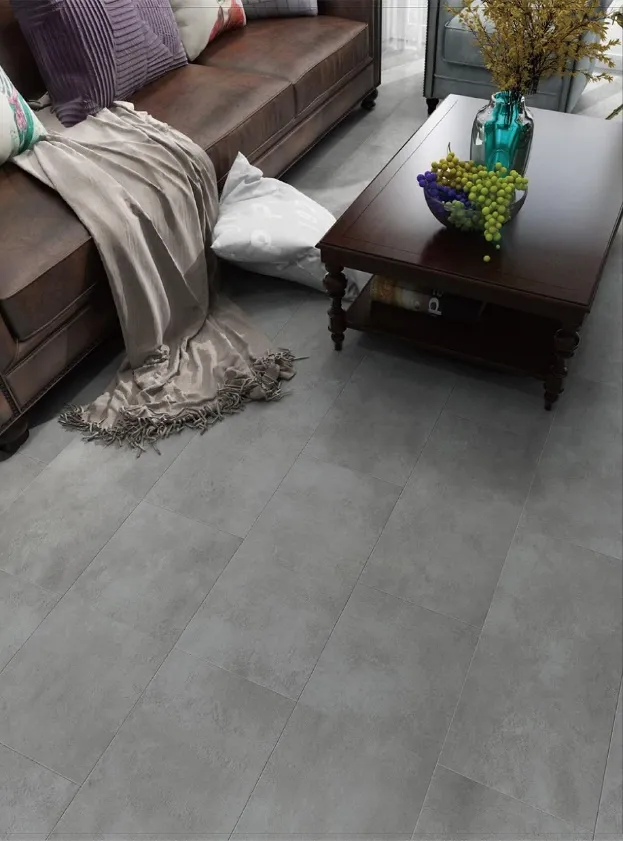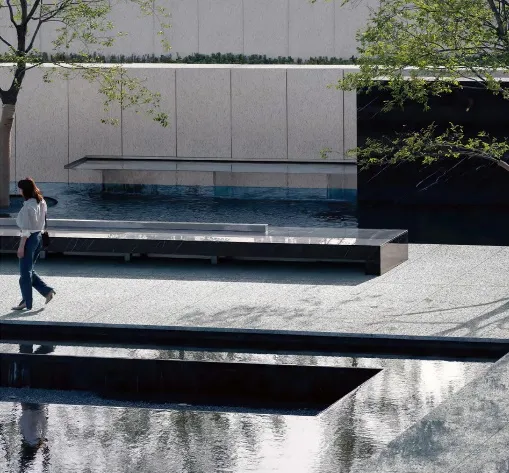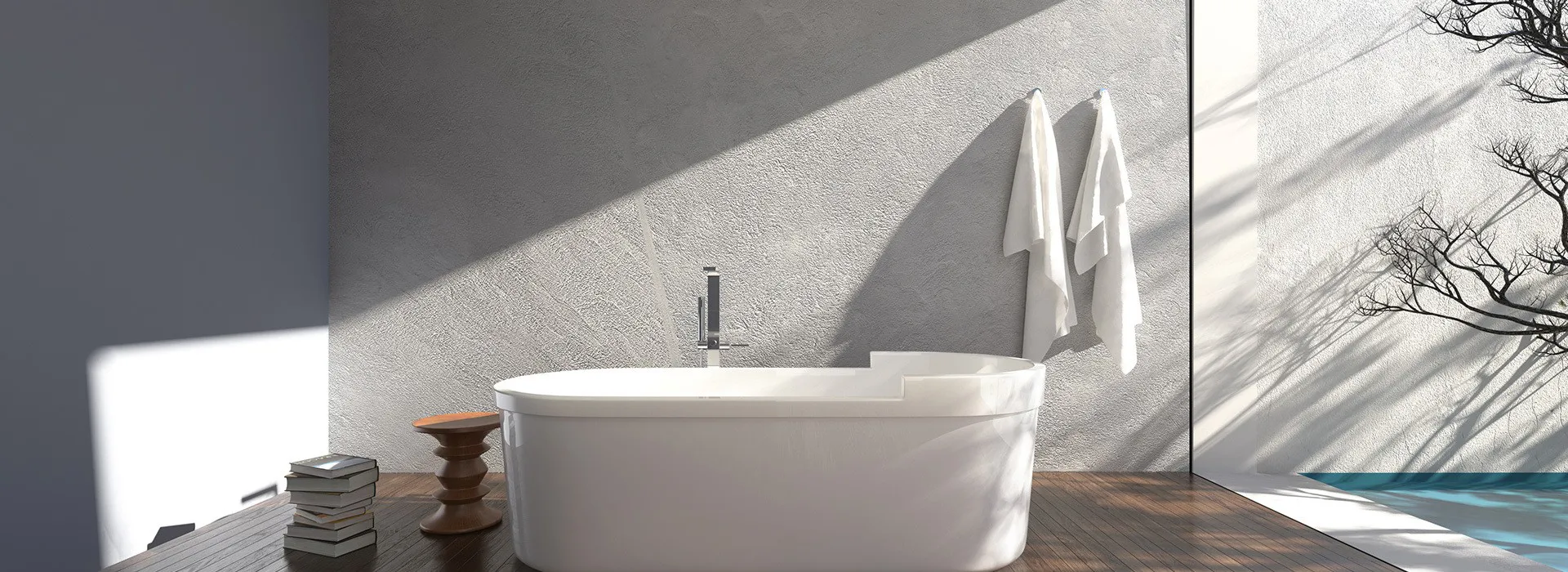
Bamboo Charcoal Board Wall Panels: Water Resistance Ratings for Wet Area Applications
Walk into any modern home or commercial space today, and you're likely to notice a shift in wall materials. Gone are the days when tiles and paint were the only options for high-moisture areas like bathrooms and kitchens. Enter bamboo charcoal board wall panels—a material that's quickly become a favorite among designers, homeowners, and contractors alike. But what makes these panels stand out, especially in spaces where water is a constant presence? The answer lies in their water resistance ratings —a critical factor that determines whether a panel can thrive in wet environments or will warp, mold, or degrade over time. In this article, we'll dive deep into what these ratings mean, why they matter, and how bamboo charcoal board wall panels are redefining durability in wet areas. We'll also explore how partnering with the right bamboo charcoal board wall panel supplier can turn a simple renovation into a long-lasting, stylish solution.
Understanding Water Resistance Ratings: More Than Just a Number
When shopping for wall panels, you'll often come across terms like "water-resistant," "waterproof," or ratings like IPX4 or ASTM D471. But what do these labels actually signify? Let's break it down. Water resistance ratings are standardized measurements that indicate how well a material can withstand exposure to water. They're not just arbitrary numbers—they're the result of rigorous testing designed to simulate real-world conditions. For example, the IP (Ingress Protection) rating system, developed by the International Electrotechnical Commission (IEC), uses two digits: the first refers to solid particle protection, and the second to water resistance. For wall panels, we're primarily concerned with the second digit (e.g., IPX4 means the panel can resist water splashing from any direction, while IPX7 means it can be submerged in up to 1 meter of water for 30 minutes).
Then there are ASTM standards, set by the American Society for Testing and Materials. ASTM D471, for instance, measures a material's resistance to liquids like water and oil through immersion tests. A panel that passes ASTM D471 with minimal swelling or weight gain is considered highly water-resistant. Why does this matter in wet areas? Imagine installing a beautiful wall panel in your bathroom, only to find it peeling or growing mold six months later because it wasn't rated for shower splashes. Water resistance ratings aren't just about durability—they're about peace of mind. They ensure that your investment in bamboo charcoal board wall panels will stand up to the daily challenges of humid showers, kitchen splatters, or commercial gym locker rooms.
The Science Behind Bamboo Charcoal Board's Water Resistance
Bamboo charcoal itself is a remarkable material. Made from bamboo that's been carbonized at high temperatures, it's known for its porosity, which gives it natural odor-absorbing properties. But how does that translate to water resistance? The magic happens during the manufacturing process. Bamboo charcoal is combined with binders, resins, and sometimes fiberglass or other reinforcing materials to create a dense, compact panel. This mixture is then compressed under high pressure and heat, forming a solid structure that repels water. Unlike traditional wood panels, which absorb moisture and warp, bamboo charcoal boards are engineered to create a barrier that prevents water from seeping into the core.
Some manufacturers take it a step further by adding a protective top layer, such as a PVC or melamine coating, which enhances water resistance even more. This multi-layered approach is what makes bamboo charcoal boards ideal for wet areas. Think of it like a raincoat for your walls: the outer layer repels water, while the inner core (bamboo charcoal and resins) adds strength and prevents moisture from penetrating. It's this combination of natural properties and advanced engineering that sets bamboo charcoal board wall panels apart from other materials like MDF or plywood, which are notoriously prone to water damage.
Comparing Water Resistance Ratings: A Practical Guide
To help you navigate the world of water resistance ratings, we've put together a table comparing common ratings, their testing methods, and the wet areas they're best suited for. This will give you a clearer picture of which rating is right for your project:
| Water Resistance Rating | Testing Method | Suitable Wet Areas | Key Benefits |
|---|---|---|---|
| IPX4 | Water sprayed from all directions (30 seconds at 10 liters/minute) | Powder rooms, laundry rooms, kitchen backsplashes (low splashing) | Resists light splashes; ideal for areas with occasional moisture |
| IPX5 | Water jet sprayed (80-100 liters/minute from 3 meters away) | Shower walls (non-direct spray), bathroom vanities, kitchen sink areas | Handles moderate splashing; suitable for daily water exposure |
| IPX7 | Submerged in 1m of water for 30 minutes | Shower enclosures, steam rooms, commercial pool areas | Waterproof; can withstand prolonged submersion or heavy condensation |
| ASTM D471 (Class 1) | Immersed in water for 24 hours; minimal weight gain/swelling | Hospitals, schools, high-traffic commercial bathrooms | Highly resistant to water and humidity; mold and mildew resistant |
As you can see, the right rating depends on the specific wet area. A powder room with minimal splashing might only need IPX4, while a shower enclosure would require IPX7 or ASTM D471 Class 1. This is where working with a knowledgeable bamboo charcoal board wall panel supplier becomes invaluable. They can assess your space—whether it's a residential bathroom or a commercial kitchen—and recommend the appropriate rating based on your needs.
Wet Area Applications: Where Bamboo Charcoal Boards Shine
Now that we understand water resistance ratings, let's explore the spaces where bamboo charcoal board wall panels truly excel. The most obvious candidate? Bathrooms. From small powder rooms to luxury en-suites, these panels offer a sleek, modern alternative to traditional tiles. Unlike tiles, which require grout lines that trap moisture and mold, bamboo charcoal boards install as large, seamless sheets, making cleaning a breeze. Pair them with high-quality sanitary fixtures/bathrooms supplier products—like rainfall showers, freestanding tubs, or wall-mounted vanities—and you've got a bathroom that's both stylish and low-maintenance. Imagine stepping into a shower surrounded by warm, wood-grain bamboo charcoal panels that repel water and resist mold—no more scrubbing grout or worrying about water damage.
Kitchens are another prime spot for these panels. Behind sinks, near dishwashers, or along backsplashes, bamboo charcoal boards stand up to daily splashes of water, soap, and food residue. Their smooth surface makes wiping up spills easy, and their durability means they won't stain or discolor over time. Commercial spaces are also catching on. Gym locker rooms, hotel bathrooms, and restaurant kitchens all benefit from bamboo charcoal boards' resistance to moisture and heavy use. In fact, many bamboo charcoal board wall panel solutions are specifically designed for commercial settings, offering enhanced thickness and impact resistance to handle high foot traffic.
Even unexpected areas like laundry rooms, mudrooms, or basement walls (which are prone to dampness) are being transformed with these panels. Their versatility is part of their appeal—they come in a range of finishes, from natural wood grains to sleek neutrals, so they can complement any design style, whether it's minimalist, industrial, or rustic.
Choosing the Right Supplier: Beyond the Panel
When it comes to bamboo charcoal board wall panels, the material itself is only half the equation. The other half is partnering with a supplier who offers more than just products—they offer bamboo charcoal board wall panel solutions . So what should you look for in a supplier? First, certifications. A reputable supplier will have panels tested and certified by organizations like ASTM, ISO, or the National Fire Protection Association (NFPA) for fire resistance (a bonus for commercial spaces). They should also provide detailed product specifications, including water resistance ratings, material composition, and warranty information.
Customization is another key factor. Every project is unique, and a good supplier will work with you to find the right panel size, finish, and thickness for your space. Maybe you need panels cut to fit around windows or doors, or a specific color to match your design scheme. The best suppliers offer custom cutting, edge profiling, and even sample testing to ensure the panels meet your exact requirements. Technical support is also crucial. Installing wall panels in wet areas requires precision—substrate preparation, adhesive selection, and sealing techniques all play a role in the panel's longevity. A supplier that provides installation guides, video tutorials, or even on-site training for contractors can make the difference between a successful project and a costly mistake.
Finally, consider the supplier's track record. Look for reviews from other customers, especially those who've used their panels in wet areas. Did the panels hold up over time? Was the supplier responsive to questions or issues? A supplier with a history of satisfied clients is more likely to deliver reliable products and service.
Installation Tips for Wet Areas: Getting It Right the First Time
Even the most water-resistant bamboo charcoal board panel will fail if installed incorrectly in a wet area. Here are some key tips to ensure your installation stands the test of time: Start with a clean, dry substrate. Before installing panels, make sure the wall is free of dust, debris, and moisture. Use a moisture meter to check for dampness—if the wall is wet, address the issue (e.g., fix a leaky pipe, improve ventilation) before proceeding. Next, choose the right adhesive. Not all adhesives are created equal; opt for a waterproof, construction-grade adhesive designed for high-moisture environments. Avoid solvent-based adhesives, which can break down over time when exposed to water.
Seal the edges. Even if the panels themselves are water-resistant, the seams between them can be a weak spot. Use a high-quality silicone sealant to fill gaps and prevent water from seeping behind the panels. Pay extra attention to corners, around fixtures, and near the floor, where water is most likely to collect. If you're installing panels in a shower, consider adding a vapor barrier behind the panels for added protection. Finally, allow proper curing time. Adhesives and sealants need time to dry and set—rushing this step can lead to loose panels or leaks down the line. Follow the manufacturer's instructions for curing times, and avoid exposing the panels to water until the adhesive is fully dry.
Maintenance Myths Debunked: Keeping Your Panels Looking New
Once your bamboo charcoal board wall panels are installed, how do you keep them in top shape? Let's debunk some common myths: Myth #1: "Water-resistant panels need to be sealed every year." Not necessarily. High-quality bamboo charcoal boards with a top protective layer (like PVC or melamine) are designed to be low-maintenance. Unless the panel's surface is damaged, annual sealing isn't required. Simply wipe them down with mild soap and water as needed. Myth #2: "You can't use harsh cleaners on bamboo charcoal panels." While abrasive cleaners (like steel wool) should be avoided, most non-abrasive, household cleaners (e.g., vinegar, baking soda, or mild dish soap) are safe. Just avoid bleach or ammonia-based cleaners, which can discolor the panel's finish over time.
Myth #3: "Mold will grow on bamboo charcoal panels if they get wet." Thanks to their dense, non-porous structure, bamboo charcoal boards are naturally resistant to mold and mildew. However, if water is allowed to pool behind the panels (due to poor installation or a leak), mold can still grow. Regular inspections—checking for loose panels, peeling edges, or water stains—can help catch issues early.
Case Study: A Bathroom Renovation with Bamboo Charcoal Board Solutions
To put this all into perspective, let's look at a real-world example. Sarah, a homeowner in Jeddah, recently renovated her 1980s bathroom. Tired of scrubbing moldy grout lines and dealing with cracked tiles, she decided to try bamboo charcoal board wall panels. After researching suppliers, she chose a local bamboo charcoal board wall panel supplier that specialized in wet area solutions. The supplier recommended panels with an IPX5 rating—ideal for her shower area, which gets daily use. They also provided samples, so Sarah could test the panels with water splashes before committing.
The installation process took two days. The contractor prepared the walls, used a waterproof adhesive, and sealed all seams with silicone. Sarah paired the panels with new sanitary fixtures —a rainfall showerhead and a wall-mounted vanity—creating a cohesive, modern look. Now, six months later, Sarah raves about the panels: "They're so easy to clean! I just wipe them down with a damp cloth, and they look brand new. No more mold, no more grout—best renovation decision I ever made." Her experience highlights how the right panels, paired with expert advice from a supplier, can transform a high-moisture space into a functional, beautiful area.
Future Trends: What's Next for Bamboo Charcoal Board Wall Panels?
As demand for durable, eco-friendly building materials grows, bamboo charcoal board wall panels are poised to evolve even further. One emerging trend is the integration of antimicrobial properties. Some manufacturers are adding silver ions or other antimicrobial agents to the panels, which inhibit the growth of bacteria and mold—an extra layer of protection for wet areas like hospitals or childcare centers. Another trend is smart moisture-sensing technology. Imagine panels that can detect leaks or excess moisture and alert you via a smartphone app—early detection that could prevent costly water damage.
Sustainability is also a key focus. Bamboo is already a renewable resource (it grows up to 3 feet per day), but suppliers are now exploring ways to make production even greener—using recycled binders, reducing energy consumption during manufacturing, or offering panels made from 100% bamboo waste. Finally, customization options are expanding. From realistic stone or marble finishes to custom prints, the future of bamboo charcoal board wall panels is all about giving designers and homeowners the freedom to create unique, personalized spaces.
Conclusion: Investing in Durability and Style
Bamboo charcoal board wall panels are more than just a trendy building material—they're a practical, durable solution for wet area applications. Their water resistance ratings ensure they can stand up to the daily challenges of bathrooms, kitchens, and commercial spaces, while their sleek design adds a touch of modern elegance. By understanding these ratings, choosing the right bamboo charcoal board wall panel supplier , and following proper installation and maintenance practices, you can enjoy a space that's both beautiful and built to last. Whether you're renovating a small bathroom or designing a large commercial project, bamboo charcoal board wall panels offer a versatility and durability that's hard to match. So why settle for materials that merely tolerate water when you can invest in panels that thrive in it? Explore the bamboo charcoal board wall panel solutions available today, and transform your wet areas into spaces you'll love for years to come.
Tags:
Recommend Products


